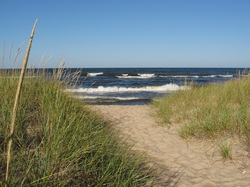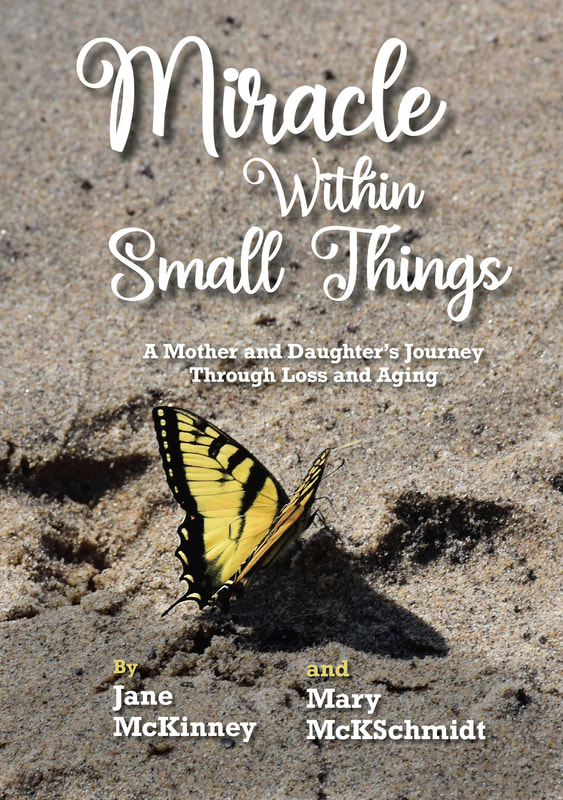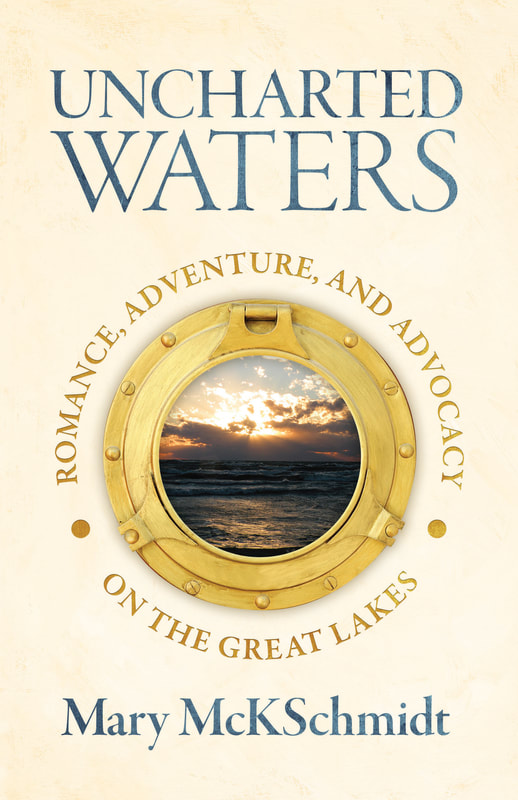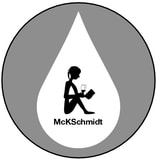 I am tempted to bury my head in a good novel, to plunk my feet in the sand and enjoy the summer breeze tiptoeing across the lake. But the crisis which shut down faucets in Ohio affects me too . . . and I suspect every person reading this blog. It is a reminder we cannot take access to clean, fresh water for granted. Toledo’s ban on drinking water was sparked by the toxicity of the record-high levels of blue-green algae plaguing Lake Erie. (See March 2014 blog, “Split Pea Soup.”) Fueling the growth of the algae are the large quantities of phosphorous flowing into the western end of the lake. Sewage treatment facilities continue to be one source of the phosphorous; however, the leading culprit is the runoff from agricultural and urban areas. It is called “nonpoint source pollution” and includes runoff from fertilized farm fields, lawns, streets, parking lots, and across leaky septic fields. I am not a scientist but I have read the 2014 report generated by the International Joint Commission outlining what is needed to address the deteriorating state of Lake Erie (http://www.ijc.org); the 2005 Great Lakes Regional Collaboration eight-part strategy for protecting the Great Lakes (http://www.glrc.us); the MI Great Lakes Plan of 2009; the “Project Clarity” report for my own Lake Macatawa watershed (http://macatawaclarity.org). Nonpoint source pollution is one of the top challenges facing the region’s fresh water supply and I suspect it is true for most watersheds in this country. The science is clear, the recommendations for cleanup straightforward. It is a path lined with crisp, black and white solutions. But I have found in my sixty plus years that life’s path is rarely straight, that it requires compromise and involves negotiated steps among the shadows of gray. And while access to clean, fresh water may be an unspoken shared vision, it will take extraordinary leadership to ensure it happens. Why? The solutions require aligning incentives across a diverse group of stakeholders. Every family, every farm, every business, every community will have to ante up. How do farms compete in a global environment while adopting practices known to protect nearby water supplies when other competitors do not? How can families afford to put responsibly-produced meat, chicken, produce on tables when money is tight? How do struggling communities pay for green infrastructure to minimize the effects of miles of roads and acres of parking lots? How do they finance the replacement of antiquated sewage treatment facilities and address aging, leaky septic systems? Because our sources of water—streams, rivers, lakes—cut across county, state, and country boundaries, there is a level of complexity added to an already emotionally and politically charged environment. Tackling nonpoint source pollution may not be popular. But it is essential. Toledo’s crisis, accelerated by the shallow, warmer waters of Lake Erie is a warning to us all. We can lose our sources of drinking water if we continue to take them for granted . . . even if we live in the watershed of 20% of the world’s fresh drinking water. That is why strong leadership matters. That is why I have closed my novel to craft my November election strategy. For while in the past I have ignored the intrusive political phone calls at dinner, the obnoxious knock on the door while I am in the midst of writing a chapter for my book, the massive amounts of expensive, four-color brochures littering my mailbox, this year I plan to be proactive. I am sending a letter to all candidates desiring my vote November 4th telling them: “If you are prepared to discuss your plans for introducing and/or supporting legislation designed to address nonpoint source pollution to our drinking water, I welcome your call. If not, please do not waste your time or mine. My vote will go to those candidates who realize Toledo’s crisis could one day be ours and that we can live without a lot of things, but clean fresh water is not one of them.” I urge you to do the same.
5 Comments
Lynn Smith
8/7/2014 06:59:51 am
Once again, Mary, you have empowered us with information that is relevant and actionable. I am ashamed to admit that I had not heard of the situation in Toledo until reading your blog. Bravo!
Reply
Mary Ellen Miller
8/7/2014 07:33:44 am
Thank you for not only infusing us with your passion, Mary, but also for providing us with the specific lexicon appropriate to the issue. I will now add "nonpoint source pollution" to my vocabulary and use it exactly as you have suggested. I appreciate the nudge.
Reply
Grace Menzel
8/7/2014 08:07:24 am
Great call to action Mary! Provocative. Clear. Inspiring.
Reply
Eric Stemle
8/8/2014 11:43:39 am
Mary,
Reply
Mary voss
8/8/2014 05:19:00 pm
Totally agree. If/when you find out who these politicians are, please let us know. We have been blessed with incredibly clear water this summer in the Saugatuck area of Lake Michigan. It makes you feel doubly bad for our neighbors around Lake Erie.
Reply
Leave a Reply. |
From briefcase to pen, paper and camera, one woman's journey to influence
how we care for the environment, our seniors, each other. Available
from your local bookstore or online retailer 
The Ideal Gift Tiny Treasures, a collection of wildflower photographs and poetic prose, available by contacting me. The 2nd Edition of Tiny Treasures is designed for use on PCs, tablets, and phones and is available at online stores. To learn more, click on the Ibook/Ebook button below:
|



 RSS Feed
RSS Feed
